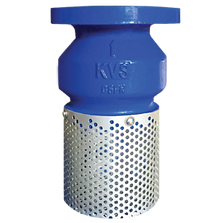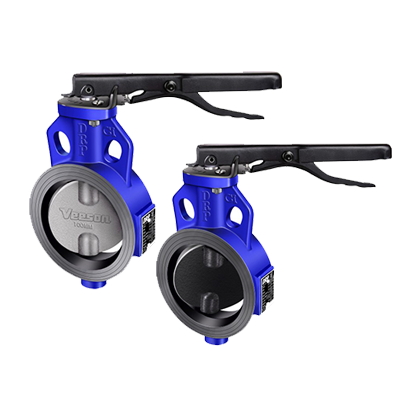Ever wondered how industrial systems keep flowing smoothly despite the constant threat of debris and contaminants? The unsung hero in this scenario is often the humble strainer valve. While it might not grab headlines, this essential component plays a crucial role in maintaining the efficiency and longevity of various fluid systems.
What is a Strainer Valve?
A strainer valve is a specialized piece of equipment designed to remove unwanted particles from liquids or gases flowing through a piping system. Think of it as a filter for your industrial plumbing. The valve contains a perforated or mesh element that catches debris while allowing the clean fluid to pass through.
The Purpose of Strainer Valves
The primary job of a strainer valve is to protect downstream equipment from damage. By removing solid particles, these valves help prevent:
Clogging: Debris can accumulate and block pipes or equipment, reducing flow and efficiency.
Wear and tear: Abrasive particles can erode pipes, valves, and other components over time.
Equipment failure: Large debris can cause serious damage to pumps, meters, and other sensitive equipment.
Contamination: In processes requiring pure fluids, strainers help maintain product quality.
Types of Strainer Valves
Strainer valves come in various designs to suit different applications:
Y-Strainers: Shaped like the letter Y, these are compact and ideal for smaller pipelines.
Basket Strainers: With a larger debris-holding capacity, these are great for applications with high contamination levels.
Duplex Strainers: Featuring two straining baskets, these allow for continuous operation during cleaning.
T-Strainers: Designed for larger pipelines, they offer high flow rates with minimal pressure drop.
Automatic Self-Cleaning Strainers: These use a backwash mechanism to clean themselves, reducing maintenance needs.
Benefits of Using Strainer Valves
Incorporating strainer valves into your system offers several advantages:
Extended equipment life: By catching debris before it reaches sensitive components, strainers help your equipment last longer.
Improved efficiency: Clean fluids flow more easily, reducing the workload on pumps and other equipment.
Reduced maintenance costs: Preventing damage means fewer repairs and replacements.
Enhanced product quality: In industries like food and pharmaceuticals, strainers help maintain purity standards.
Versatility: Available in various materials and designs, strainers can be tailored to specific needs.
Choosing the Right Strainer Valve
Selecting the appropriate strainer depends on several factors:
Fluid type: Different fluids may require specific materials to prevent corrosion.
Flow rate: The strainer should handle your system’s maximum flow without significant pressure drop.
Particle size: The mesh or perforation size should match the smallest particles you need to remove.
Pressure and temperature: Ensure the strainer can withstand your system’s operating conditions.
Cleaning frequency: Consider how often you’ll need to clean the strainer and choose a design that facilitates easy maintenance.
Strainer valves are essential in many industries because they serve as both a safeguard for sensitive equipment and an assurance of product purity. You can effectively utilize these subtle yet essential parts to maintain the smooth operation of your systems by being aware of their functions, advantages, and correct application.
Whether you’re designing a new system or optimizing an existing one, don’t overlook the importance of choosing the right strainer valve for your needs.

